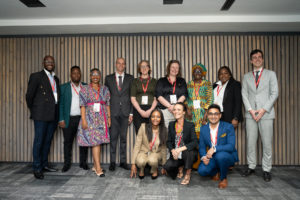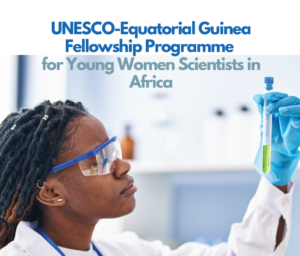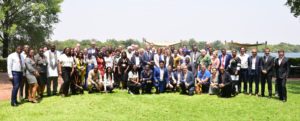Geohazards of Africa
Jonas Satkunas, leader WP 5 team
The aim of the Work Package Geohazards (WP5) of the PanAfGeo project is to organize theoretical and practical sessions on assessment, monitoring of geohazards (natural and anthropogenic) and prevention or mitigation of hazardous consequences. Participants of the courses are specialists of African geological surveys, trainers – geoscientists from Geological Surveys of Italy, Lithuania, Poland, Slovenia and South Africa.
The geohazards courses were organized in South Africa in 2017, in Tanzania and Zambia in 2018, and the fourth course is planned in Ethiopia in 2019. The three courses were attended by 91 participant from 29 African countries.
The courses not only provides presentation and transfer of knowledge and technologies available but also give an opportunity to learn about geohazards in Africa.
Investigations of geohazards however is not a priority task of many Geological Surveys Organisations (GSOs) of African countries so far. The Review of African Geological Survey Organisation Capacities and Gaps carried out by Economic Commission for Africa in 2018 shows shows that GSOs in Africa, in general, lack information on geological hazards. Eight African countries had an estimated 50 000 or more people affected by geological hazards (excluding floods) since 1900, consisting of: Algeria, Comoros, Democratic Republic of Congo, Egypt, Malawi, Morocco, Uganda and Somalia. Of these eight countries, only two (Democratic Republic of the Congo and Egypt) had GSOs with information on risks and hazards, while another five had information that might be useful for hazards research.
A vast range of geohazards in Africa is related with mining – contamination of environment by heavy metals, acid mine drainage, subsidence of surface, change of landscape etc.
In South Africa places mostly affected by mining activities are Witwatersrand goldfields and Witbank coalfields. The Witwatersrand has been mined for more than a century and this It is the world’s largest gold and uranium mining basin with the extraction, from more than 120 mines, of 43 500 t of gold in one century and 73 000 t of U between 1953 and 1995. In South Africa surface subsidence has caused severe damage to infrastructure (roads, dams, pipelines and buildings), alteration of hydrological pathways (high groundwater recharge, mine acid drainage).
The areas of Kitwe, Kabwe and many other places in Zambia are very much contaminated by heavy metals due to mining of copper, lead and zinc. Hazardous consequences of mining in Nigeria are distributed all over the country.









